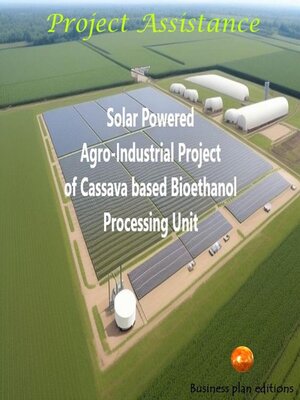Solar Powered Agro Industrial Project of Cassava Based Bioethanol Processing Unit
ebook
By Alexandre YOUTA

Sign up to save your library
With an OverDrive account, you can save your favorite libraries for at-a-glance information about availability. Find out more about OverDrive accounts.
Find this title in Libby, the library reading app by OverDrive.



Search for a digital library with this title
Title found at these libraries:
| Library Name | Distance |
|---|---|
| Loading... |
! Compared to sugarcane and corn, cassava-based bioethanol currently commands a smaller market share, estimated at around $5–7 billion. However, it's experiencing faster growth, projected at 7–12% annually. This rapid expansion is fueled by several key factors:
1. Lower Feedstock Costs: In many regions, especially Africa and Southeast Asia, cassava cultivation requires less land, water, and fertilizer compared to corn and sugarcane, making it a more cost-effective feedstock.
2. Higher Ethanol Yield per Hectare: Studies suggest cassava can produce more ethanol per hectare than corn or sugarcane, increasing potential profitability for farmers and bioethanol producers.
3. Government Support: Biofuel mandates and incentives in cassava-producing countries like Thailand, Brazil, and Nigeria are driving expansion through increased demand and investment.
4. Sustainability Potential: Compared to traditional feedstocks, cassava can offer lower greenhouse gas emissions and reduced competition for arable land, increasing its attractiveness in sustainability-conscious markets.







